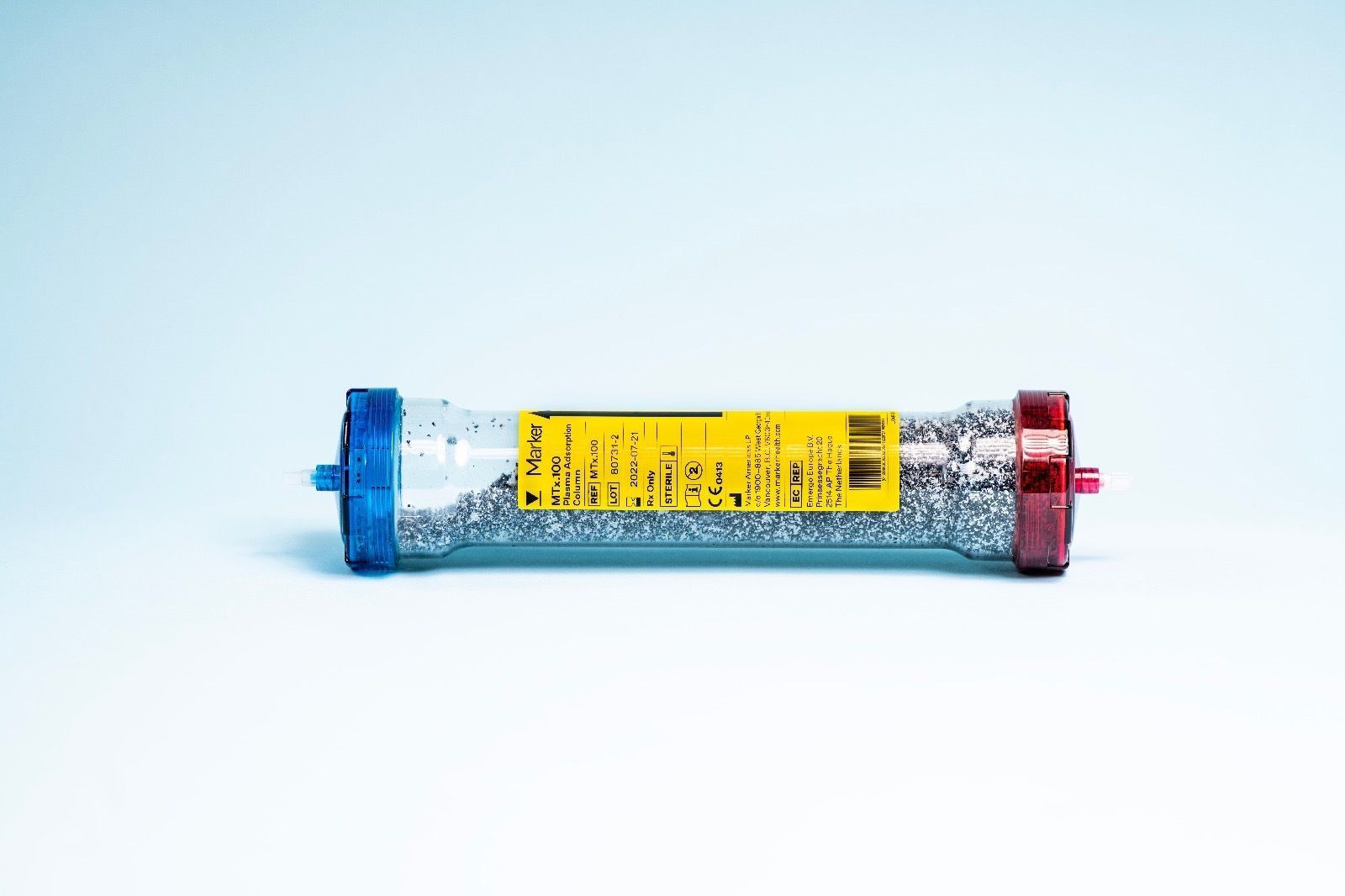
Microplastic Blood Cleansing: Hype or Hope for Better Health?
Microplastics are everywhere – from the highest mountain peaks to the deepest ocean trenches, and alarmingly, inside our own bodies. Recent findings have identified these tiny plastic particles in various human tissues and fluids, including blood. This widespread presence has sparked concerns and, consequently, innovative, albeit controversial, treatments like blood cleansing.
The article explores a clinic in London offering treatments to remove microplastics, forever chemicals, and other toxins from the blood. The procedure involves filtering blood plasma to trap these contaminants before returning the cleansed plasma to the patient. This process, costing upwards of £9,750 ($12,636), is marketed towards individuals seeking relief from chronic fatigue, brain fog, or those concerned about the potential effects of weight-loss drugs or dementia.
The Science Behind Microplastics and Health
Despite the growing awareness of microplastic contamination, the scientific community is still uncertain about its actual impact on human health. While studies have found microplastics associated with harm to human cells and a higher risk of heart attacks and strokes in individuals with these particles in their arteries, establishing a direct causal link remains challenging. Factors such as lifestyle and pre-existing conditions complicate the interpretation of these findings.
Measuring microplastics accurately is also a significant hurdle. Contamination during sample collection and analysis can easily occur, leading to inaccurate results. Researchers are taking extreme measures to minimize contamination, using plastic-free equipment and filtered air in their labs.
Patient Experiences and the Placebo Effect
Despite the lack of conclusive scientific evidence, some patients undergoing blood cleansing treatments report positive effects, such as increased energy levels and improved sleep. However, these anecdotal experiences could be attributed to the placebo effect or other lifestyle changes made concurrently with the treatment.
The popularity of these treatments is fueled by word of mouth and social media, where individuals share their microplastic test results before and after the procedure. For some, undergoing blood cleansing is seen as a proactive step towards safeguarding their future health.
A Word of Caution
Blood microplastic cleansing represents the latest trend in health treatments targeting affluent individuals concerned about their well-being. While extreme cases of pollutant exposure may warrant blood cleaning interventions like bloodletting, the benefits of microplastic cleansing for the general population remain unproven.
Ultimately, more research is needed to fully understand the health risks posed by microplastics and to determine the efficacy and safety of blood cleansing treatments. Until then, it's essential to approach such treatments with caution and a healthy dose of skepticism.
Source: Wired